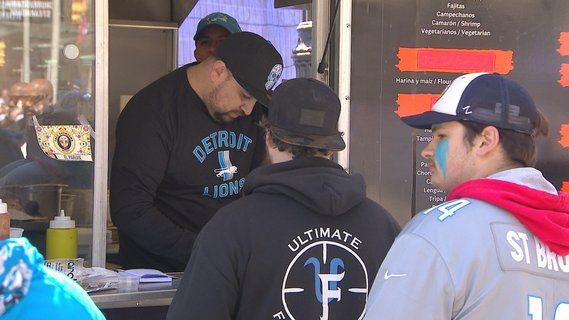MADISON – Suffering from a post-holiday case of cabin fever? Still stewing over how the officials overlooked back-to-back personal fouls on Aaron Rodgers in the Green Bay Packers’ playoff loss? Well, it’s time to relax with a few good books and read away your winter blues.
Entrepreneurs whose New Year’s resolutions involve turning ideas into profits should check out three books by Wisconsin-based authors who examine some of the challenges facing start-up companies – and whose writing demonstrates how Wisconsin’s entrepreneurial culture is coming of age.
“Selling to Zebras” by Jeff and Chad Koser is a manual for entrepreneurs who learn, often the hard way, that little else matters unless your company makes sales. The authors start from the premise that even the most competitive companies close about 15 percent of the deals in their sales pipelines, which means sales people are spending a lot of time with prospects who, 85 percent of the time, aren’t going to buy. Their solution: Find your company’s “zebra.”
“Your zebra is a prospect that is a perfect fit for your company – and not just from a product or solution perspective,” the authors explain. “It is a prospect you know you can win based on identifiable, objective characteristics – and zebras are the only prospects a salesperson should pursue. We call this perfect prospect a zebra because once you’ve identified the characteristics of your zebra, you can quickly spot I amid all the other prospects.”
For those salespeople who find their stripes, the author contend, that 15 percent deal-closing rate can climb to 90 percent. ($19.95, Greenleaf Book Press, www.sellingtozebras.com).
“Conquering Innovation Fatigue” by Jeff Lindsay, Cheryl Perkins and Mukund Karanjikar is a guide for entrepreneurs engaged in their own early stage businesses as well as managers within larger organizations who face any number of roadblocks on the path to innovation.
The authors, former insiders at firms such as Kimberly-Clark, Chevron and Rallis India, identify nine “fatigue factors” that can drain the life out of even the best ideas – and they explain how to overcome those barriers to innovation. The book draws on case studies and personal perspectives to tell the story.
The authors envision innovators as immigrants in a strange land, encountering obstacles from inside their own group as well as outside – which makes it a good read for academics and policymakers who want to promote innovation versus standing in the way. ($39.95, John Wiley & Sons, www.wiley.com).
“The Independent Inventor’s Handbook” by Louis J. Foreman and Jill Gilbert Welytok is a book aimed at taking back-of-the-napkin, rear-of-the-garage ideas and turning them real business ventures.
Foreman, who created the Emmy-award winning PBS show “Everyday Edisons,” teamed with Milwaukee patent attorney Welytok to write a book that outlines what it takes for inventors to become entrepreneurs.
Aren’t the two one and the same, you may ask? Not really. There is no shortage of inventors with good ideas, but few are instinctively ready to define their markets, build prototypes, protect their intellectual property, find financing and think through the nuances of licensing agreements, branding strategies, marketing and sales. This book provides a step-by-step guide to help inventors along the way – and even comes with some valuable templates for non-disclosure agreements, excerpts from a sample patent and a glossary of terms. ($14.95, Workman Publishing, www.workman.com).
Get a start on that New Year’s promise to yourself by reading some homegrown insights on how to build a business. After all, it’s a long haul until spring.
Still is president of the Wisconsin Technology Council. He’s also the co-author of “Hands-On Environmentalism,” published by Encounter Books.
###




